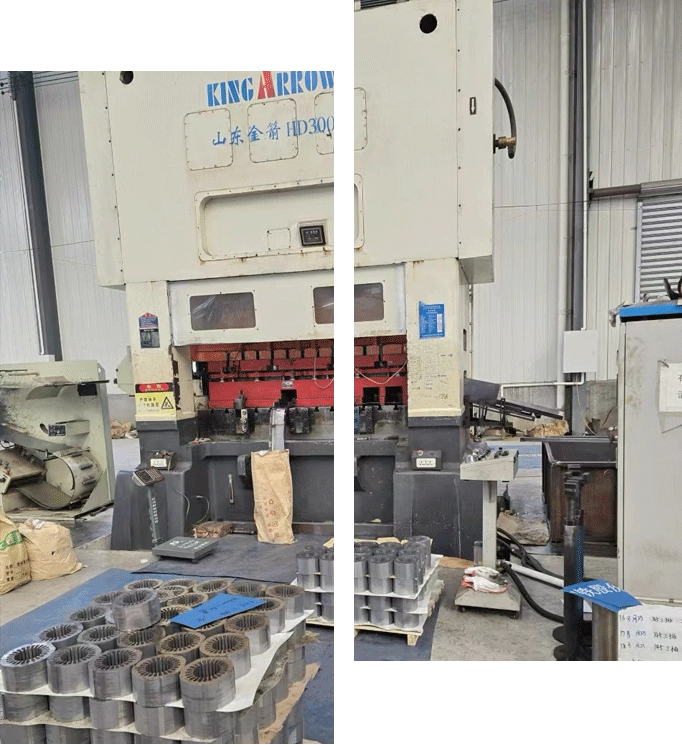Sep . 28, 2024 15:51 Back to list
Innovative Solutions for Efficient Auto Submersible Pump Performance and Application
Understanding Auto Submersible Pumps A Comprehensive Overview
Auto submersible pumps have gained immense popularity across various industries due to their efficiency and reliability in fluid management. These pumps are designed to operate while submerged in the fluid they are pumping, making them an indispensable tool in applications ranging from wastewater treatment to agricultural irrigation.
What is an Auto Submersible Pump?
An auto submersible pump is a type of pump that is specifically engineered to function underwater. Unlike traditional pumps which require priming and must be positioned above the fluid source, these pumps are fully submerged and can automatically start and stop based on the water level. This self-priming capability eliminates the need for manual intervention, making them ideal for continuous operation in remote locations or where constant fluid management is essential.
Key Features and Benefits
One of the standout features of auto submersible pumps is their automatic operation. These pumps are typically equipped with float switches that detect water levels and trigger the pump to start or stop pumping. This automatic feature significantly reduces labor costs and increases efficiency since the system can operate independently.
Durability is another hallmark of auto submersible pumps. They are constructed with materials designed to withstand harsh environments, including corrosion-resistant components and robust motors. This means they can operate effectively in challenging conditions, such as flooded basements, sewage systems, and mining applications, without fear of damage.
Energy efficiency is also a critical advantage of these pumps. Many models are designed for low power consumption, allowing for reduced electricity costs over time. Additionally, because they can handle varying flow rates and pressures, these pumps can be customized to meet the specific demands of different applications, further enhancing their efficiency.
auto submersible pump

Applications of Auto Submersible Pumps
The applications for auto submersible pumps are vast and varied. In the construction industry, they are often used for dewatering sites, ensuring that excavations remain dry, which is crucial for safety and project timelines. In agriculture, these pumps facilitate irrigation by efficiently drawing water from ponds, wells, or other sources. They help farmers maintain optimal soil moisture levels, which is essential for crop health and productivity.
In the municipal sector, auto submersible pumps play a vital role in wastewater management. They are commonly used in sewage treatment plants to pump waste materials to treatment facilities. Their ability to handle solids and operate in abrasive environments makes them particularly well-suited for this critical task.
Maintenance and Considerations
While auto submersible pumps are designed for durability, regular maintenance is still crucial to ensure long-term performance. Routine inspections, cleaning of filters, and checking electrical connections can help prevent breakdowns and extend the lifespan of the pump. Additionally, it’s important to select the right pump for the specific application to avoid issues such as overheating or clogging, which can lead to operational failures.
Conclusion
Auto submersible pumps are a vital component in various sectors, offering a combination of efficiency, durability, and convenience. Their ability to operate submerged without manual intervention makes them an attractive choice for many applications, from construction and agriculture to municipal waste management. As technology advances, we can expect even greater innovations in pump design that will further enhance their performance and adaptability. Investing in a high-quality auto submersible pump can lead to significant time and cost savings, making it a smart choice for anyone in need of effective fluid management solutions.
-
Submersible Water Pump: The Efficient 'Power Pioneer' of the Underwater World
NewsJul.01,2025
-
Submersible Pond Pump: The Hidden Guardian of Water Landscape Ecology
NewsJul.01,2025
-
Stainless Well Pump: A Reliable and Durable Pumping Main Force
NewsJul.01,2025
-
Stainless Steel Submersible Pump: An Efficient and Versatile Tool for Underwater Operations
NewsJul.01,2025
-
Deep Well Submersible Pump: An Efficient 'Sucker' of Groundwater Sources
NewsJul.01,2025
-
Deep Water Well Pump: An Efficient 'Sucker' of Groundwater Sources
NewsJul.01,2025
-
 Submersible Water Pump: The Efficient 'Power Pioneer' of the Underwater WorldIn the field of hydraulic equipment, the Submersible Water Pump has become the core equipment for underwater operations and water resource transportation due to its unique design and excellent performance.Detail
Submersible Water Pump: The Efficient 'Power Pioneer' of the Underwater WorldIn the field of hydraulic equipment, the Submersible Water Pump has become the core equipment for underwater operations and water resource transportation due to its unique design and excellent performance.Detail -
 Submersible Pond Pump: The Hidden Guardian of Water Landscape EcologyIn courtyard landscapes, ecological ponds, and even small-scale water conservancy projects, there is a silent yet indispensable equipment - the Submersible Pond Pump.Detail
Submersible Pond Pump: The Hidden Guardian of Water Landscape EcologyIn courtyard landscapes, ecological ponds, and even small-scale water conservancy projects, there is a silent yet indispensable equipment - the Submersible Pond Pump.Detail -
 Stainless Well Pump: A Reliable and Durable Pumping Main ForceIn the field of water resource transportation, Stainless Well Pump has become the core equipment for various pumping scenarios with its excellent performance and reliable quality.Detail
Stainless Well Pump: A Reliable and Durable Pumping Main ForceIn the field of water resource transportation, Stainless Well Pump has become the core equipment for various pumping scenarios with its excellent performance and reliable quality.Detail
